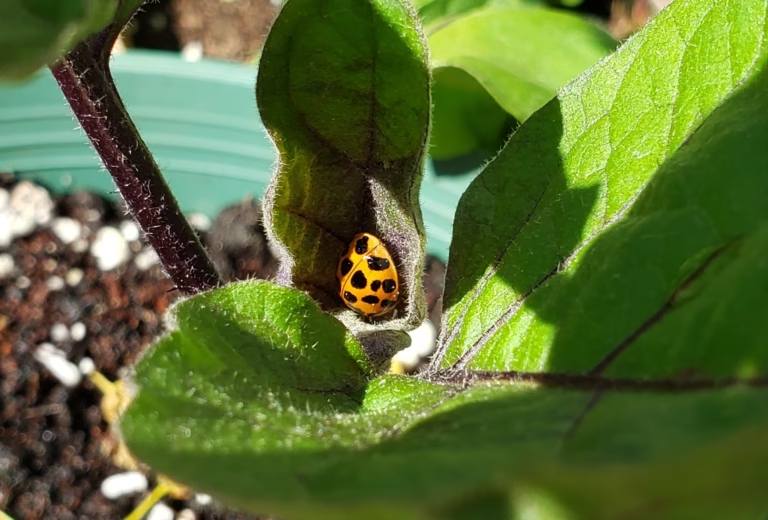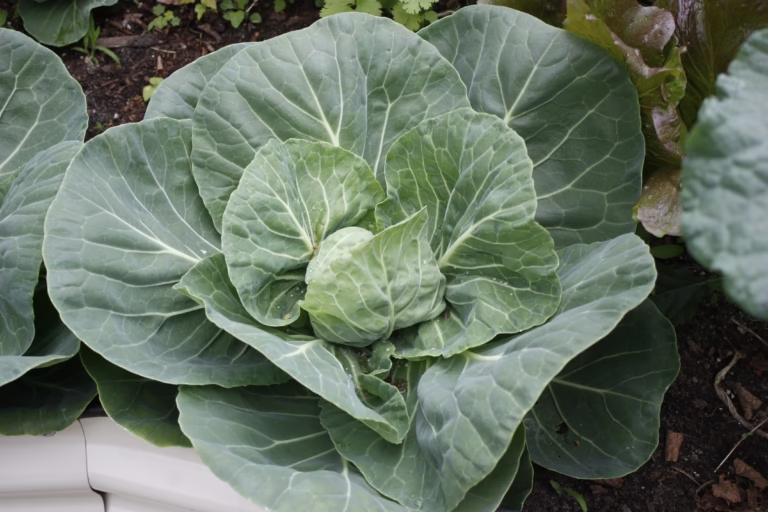
How to Protect Your Plants from Cabbage Worms
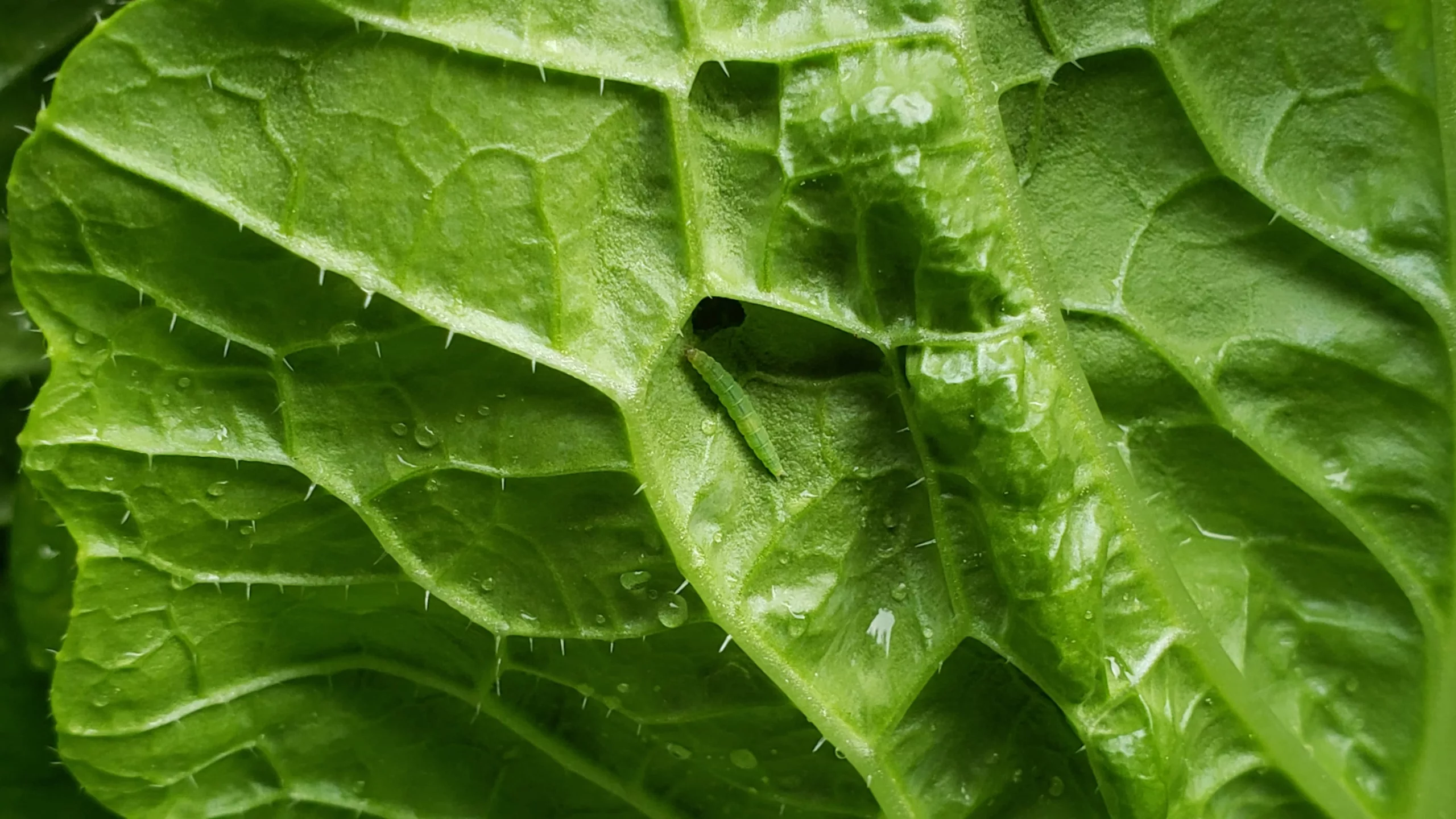
Cabbage moths are one of the most common insects you’ll see in your backyard. Even without a garden, these moths will likely be found in every backyard, fluttering around looking for their favourite plants (brassica, hence the name cabbage moth!)
What are cabbage moths and cabbage worms?
Cabbage moths are a small, white day-time flying moth. They have one dot on the outside of each of their wings and quickly fly around the garden, not stopping for long. These moths lay eggs, generally on the underside of leaves, that hatch into cabbage worms. These worms are masters at camouflage and blend in perfectly with the leaves of their host plant.
How to Identify Cabbage Moths & Their Damage

Cabbage moths are simple to identify as they are a daytime flying moth with white wings. They lay small, pale yellow eggs on the underside of leaves. Once the eggs hatch, the caterpillars come out to eat the leaves of your plants. The caterpillars are small and green and blend in with the leaf colour perfectly making them difficult to spot.
Because of how well the caterpillars camouflage, the easiest way to know you have cabbage moths is when you see damage on your plants. These caterpillars eat the leaves of their host plants and once you see the damage you can look for the worms.
Another way to identify that you have cabbage worms is when you see their frass (or poop) on the plant. It often collects in the bottom of the leaves where it connects to the stem of the plant, shown in the photo below.
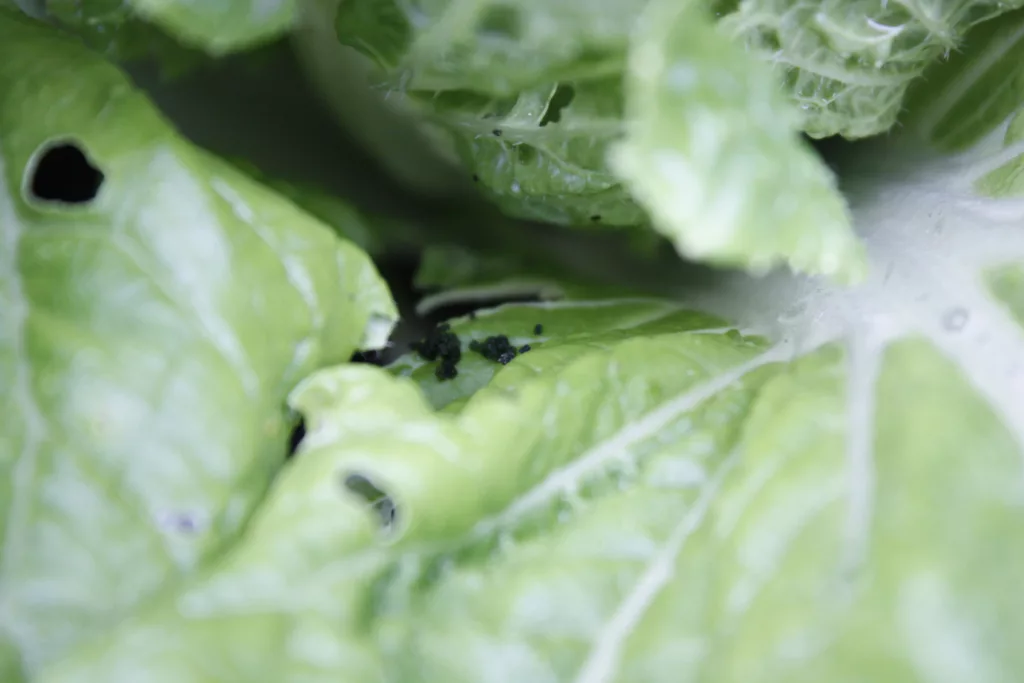
Grow Food That Fights Inflation—and Survives the Weather. Check out our self-paced gardening course here and sign up for a free preview!
Commonly Affected Plants
As described in their name, cabbage moths mainly target plants in the brassica family such as; broccoli, cauliflower, cabbage, brussel sprouts and kale.
Life Cycle of the Cabbage Moth
Cabbage moths live for around 5 days in adult form. They lay their eggs, which hatch into caterpillars. These caterpillars are who do the most damage on your plants. Once the caterpillar are finished their cycle, they pupate until they become an adult moth.
How to Control Cabbage Worms
As home gardeners, we generally don’t grow gardens that are at the same scale as farms. What this means is that you grow on a scale that is small enough to manage without the use of pesticides of any kind. Cabbage worms can cause some major damage to plants, but if you keep on top of maintenance, or properly protect your plants, you can mitigate their damage.
Option 1: Check for Eggs
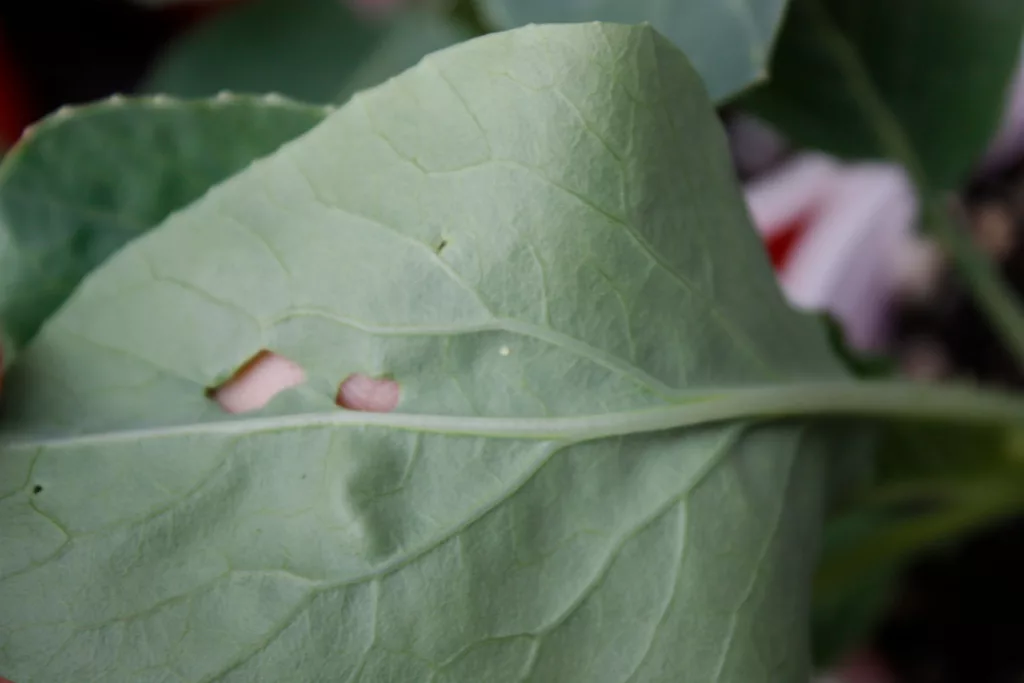
Although small, you can see cabbage moth eggs on the underside of leaves. It can be difficult to do this on large, tightly grown plants such as cabbage, however it is possible to do this on other plants such as broccoli and kale.
The eggs are small, and a pale yellow. When you find the eggs, wipe them off. Be aware that ladybug eggs are also yellow, so be mindful of this as you look for eggs, because you want to keep ladybugs in your garden since they’re the good ones!
Continue growing your garden knowledge
- How to Invite Ladybugs into Your Garden
- How to Grow Cabbage from Seed to Harvest
- Your Most Asked Raised Garden Questions ANSWERED
- 6 Tricks to Grow Massive Onions in Cold Climates
- Want a Huge Pepper Harvest? 6 Tips for Cold Climates
Option 2: Remove Cabbage Worms from Affected Plants
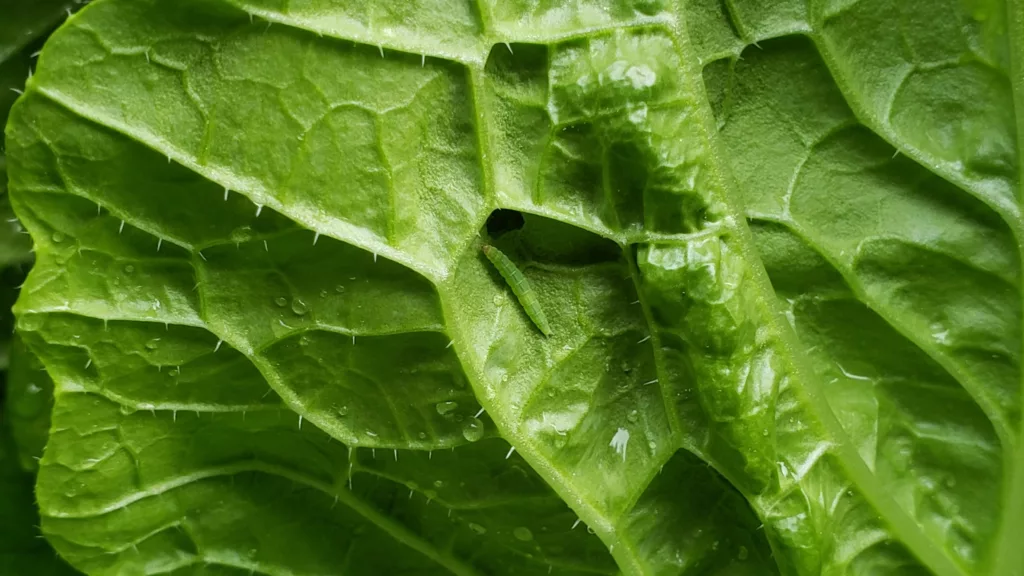
Damage on the leaves is an indicator that worms are present. Damage can look like holes in the leaves, or the edges have been eaten. Check both the underside of the leaves, and the top of them for caterpillars since they can be on both sides. Look slowly, as these caterpillars are very camouflaged. Can you spot the caterpillar in the photo above? How long did it take you to spot it? When you find the worms you can pick them off and throw them away or squish them.
Join our family, and grow your garden knowledge further
How to Prevent Cabbage Moths
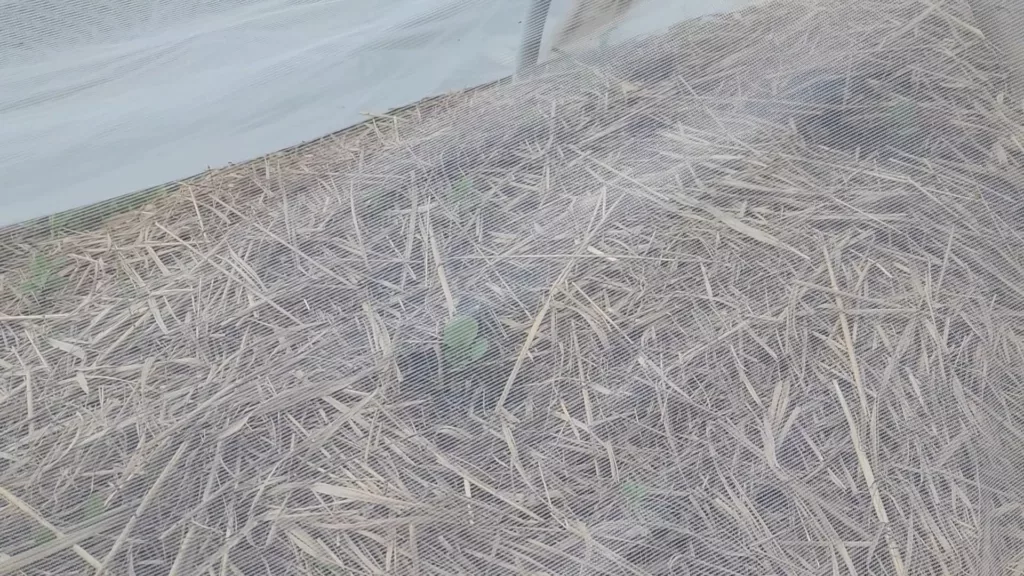
The best way to prevent cabbage moths and cabbage worm damage is to cover your brassica with insect netting. Since brassica plants don’t require pollination to produce food, you can keep them covered from the time of planting to harvesting.
Insect netting can be installed using hoops or even on top of bamboo sticks that have been placed in the garden. The most important thing to be aware of is to make sure the netting isn’t resting directly on the plants, as the moth can still lay eggs through the netting.
This solution is particularly good for cabbage, since these plants tend to have tightly compacted leaves, making it difficult to remove eggs and worms. It also helps prevent worms from getting into the florets of broccoli and cauliflower, which is extremely difficult to clean out after harvest.
If you’re looking for insect netting my recommendation is to get it from William Dam. It’ss significantly better quality than what you can get from Amazon, but at an affordable price.



